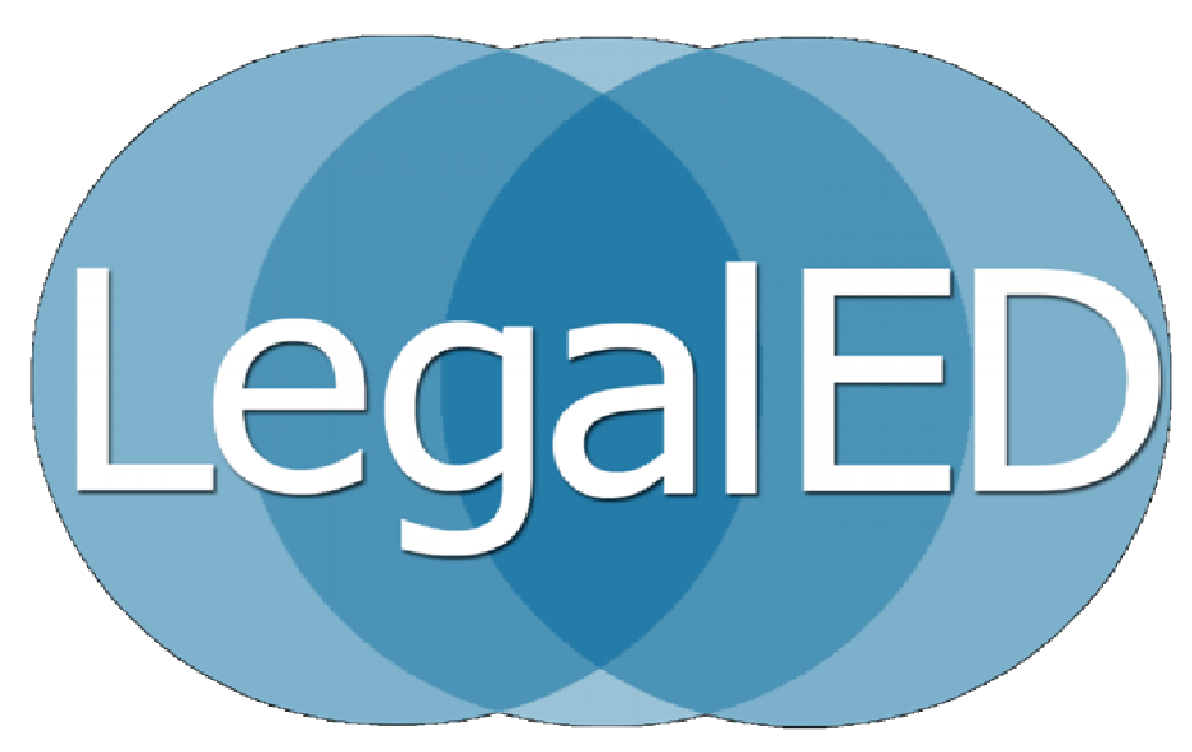I wanted to share some more about the team-teaching that I am engaged in this semester with Harriet Power, a professor from Villanova’s Theater Department.
Today we spoke with our students about client interviewing. Before today’s class, we have done a lot of teaching about interviewing. During our clinic orientation, each student: (1) participated in 3 hours of classtime devoted to interviewing (both interviewing techniques and working with an interpreter); (2) conducted, with his or her partner, two 20-minute mock interviews with actors standing in as clients; (3) received written and approx. 30 minutes of oral feedback on their performance during the mock interviews; and (4) reviewed their new client’s case files.
Within the next few days, each team of students will meet with their clients for the first time. So, our goal’s for today’s 55-minute class were to get the students to: (1) think about the goals they and their clients would set for the first encounter; (2) identify any barriers or inhibitors that might impact achieving the goals; and (3) discuss the logistics of the interview, including what to wear, how to set up the room, and how to sit in the chair and take notes.
I have taught this class, or a class like it, about 30 times over the course of my teaching career. Yet co-teaching today’s class with Harriet brought a new perspective to the attorney-client interaction. She got us thinking about setting, costume and posture in a deeper way than I had in the past. For example, from her acting and directing perspective, Harriet examined what students would wear -- their costume -- at a much deeper level. I usually think about clothing, whether students should wear a suit, a tie, a skirt. Harriet asked about the entire costume, from head to toe. What would the students do with long hair? (she noted that having to pull one’s hair from the face is always a distraction, told the students to plan to secure it off their faces). What kind of shoes would the women wear? Would they wear jewelry? Whether to wear a long or short sleeved shirt (she prefers long sleeved).
We also talked for about 10 minutes about setting. We asked a team of students to get out of their chairs and configure the seats in the room for a client interview. Then we sat in the seats (I was the client; Harriet was the interpreter; the students were themselves). We talked about how the arrangement felt and about we wanted to ensure that the client’s head would not need to jockey between looking from one student to the other. Then we shuffled the chairs around a little so that the width of a table between the client and the students was a little shorter; it felt more comfortable. The table did not feel as much as a barrier as it had when the longer part separated us.
We ended class with a short (7 minute) exercise about body language and posture. We asked each student to sit in his or her chair as he or she would in an interview. Then Harriet noted that by sitting toward the front of the chair with our arms resting on the table, our bodies appear more open, attentive and inviting. She then demonstrated a few other seated positions that did not communicate the feeling of openness or attentiveness – such as sitting too far back in a chair, having one’s hands on the lap instead of the table, holding one’s head up. We could also have students practice this in front of a mirror so that they begin to become attentive to what their bodies unconsciously say about their intentions.
Flipping learning refers to a growing educational practice (increasingly being adopted in higher education) of using videos to teach doctrinal subjects -- which students watch outside of the classroom -- and then using face-to-face classtime for active, problem-based learning that reinforces what students have learned through online video instruction.
I think flipped learning could be applied in legal education too. If students watch doctrinal videos as homework, then classtime can be devoted to activities that reinforce the learning and provide more feedback and assessment.
This website will assemble a growing
collection of short videos (each 15 minutes or less) on law and law-related
topics (substantive, procedural, practical skills and professional values) so
that we can begin to “flip” the law school classroom and devote more
face-to-face class time for active, problem-based learning. A series of
videos on contracts is already up and being used by students around the
country. The videos on substantive law
could be assigned to students for viewing outside the classroom, thereby
freeing up class time for activities that bring in more training on the other
competencies proven necessary for successful lawyering, practical lawyering skills
and professional values. This is a blended model of teaching, where we
leverage the web for passive learning (listening to lectures) and open up class
time for more activities that call on students to use their knowledge in active
ways that reinforce and support learning.
We realize that many professors are not trained to teach in this new way.
Our website is designed to support them as they make this transition. The
website also hosts a collection of tools directed at professors interested
in bringing teaching innovations into their classrooms. We are assembling
a series of teaching materials (videos, assessment tools, problems and in-class
exercises) created, contributed to and curated by world-class teachers in their
fields. The series on pedagogy will be directed at law professors.
These videos will explain how to incorporate more active learning and teaching
of lawyering competencies into doctrinal courses with the hope of inspiring
others.
Join our growing community! If you have materials that you would like to share, please let us know.
